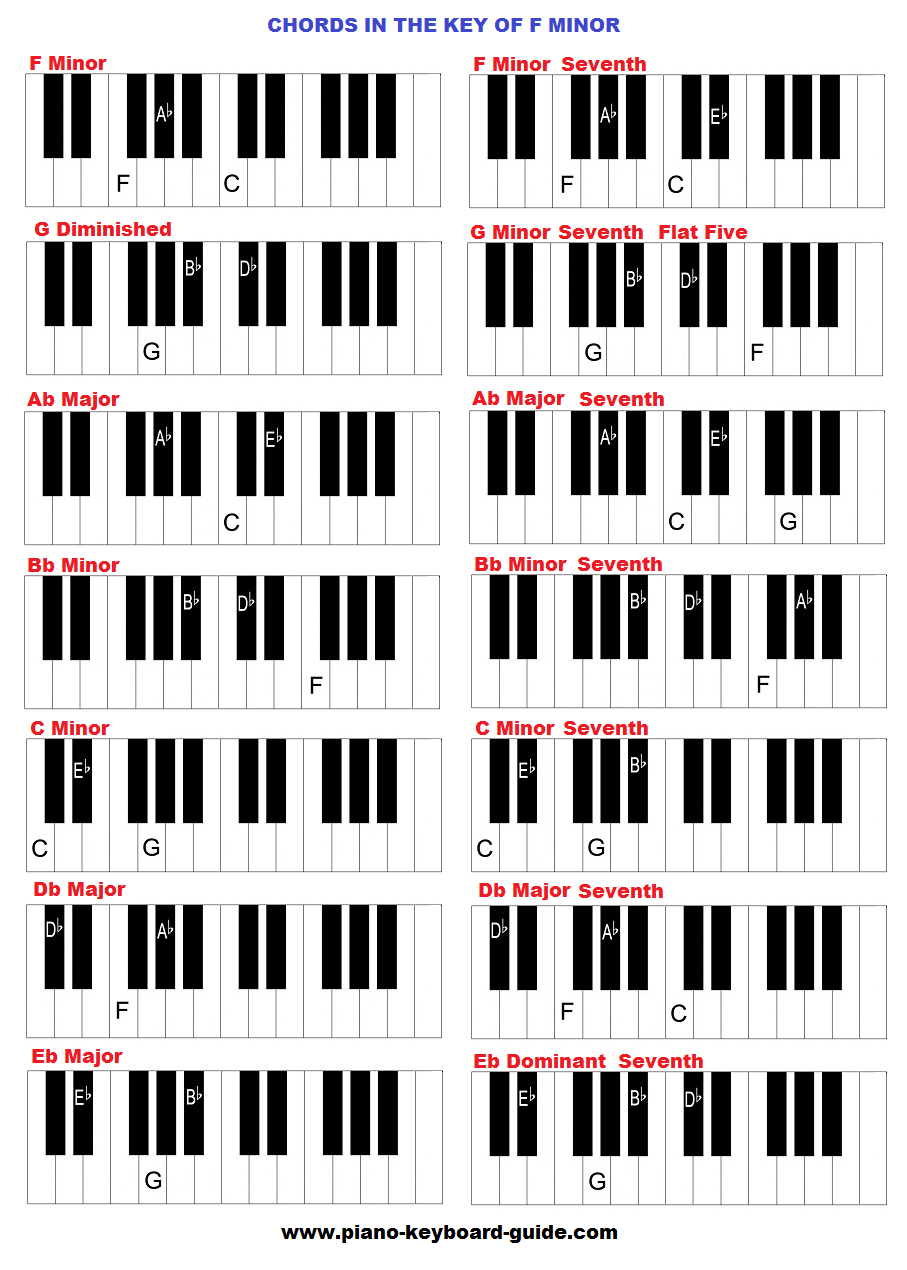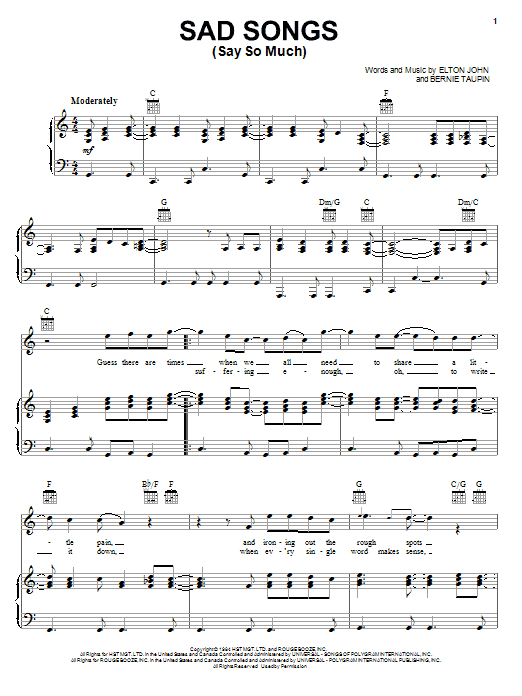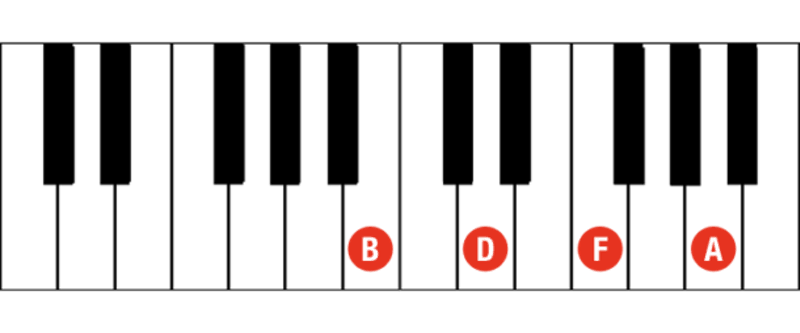

In this article, we’ll show you how to play the simplified versions of chords you’ll find in popular piano songs. The piano is the perfect place to learn how to build chords and modes. The piano is not only an instrument, but also a visual representation of the way we understand music theory. The piano’s role in modern songwriting is front and center in genres like rock, blues, and alternative, and many songwriters use the piano to write their songs whether the final product of what they’re creating features piano or not. No other instrument since has been able to combine the range and dynamic power like the piano does. Foot pedals allow pianists to control the dynamics of what they’re playing, and this is what makes the piano a unique instrument. When he decided to add a system of small striking-hammers to a harpsichord, an instrument that used a plucked-string system, he almost certainly had no idea how large of an impact his new instrument would have on the world.

The international musical landscape changed forever after an Italian instrument-maker named Cristofori invented the piano in 1700.

Today, we’re going to show you how to play some popular piano songs, but first let’s talk about what the piano is and where it came from. The astounding power and dynamic range of the piano is nothing short of incredible, and with it, songwriters and performers are able to convey a wide range of moods, sounds, and emotions. For example, if you have a I, IV, V chord base, it would be difficult to make the song sound sad, because all the chords are major.There are good reasons why the piano is the most popular instrument on the planet. They determine the mood more so than the melody and lyrics. However, I think that the chords and harmony are the foundation of the song. Some people think that it is not the chords progression itself that makes the music sad, but the melody and the lyrics. What makes music sound sad? I think that minor chords are sadder than major chords. Am-Am-F-Em This is used in Requiem for a Dream by Clint Mansell.Am-G-F-Em Descending chords like this can also sound quite sad.C-Am-F-G Not as sad as some of the others, but fun to play with.C-Am-Dm-G This one is more popular and used often.This one is has a very nice resolution due to the tension and return. Am-Dm-Fm-C A little bit of tension is added due to the unusual minor iv chord, which resolves back to the I.Em-Dm-C-C This one is different, because it starts on the iii chord.C-Bdim - Em-Em As you can see, sad progressions usually have many minor chords.The same sad chord progressions in the key of C are below vi-vi-iv-iii This is used in Requiem for a Dream by Clint Mansell.vi-V-IV-iii Descending chords like this can also sound quite sad.I-vi-IV-V Not as sad as some of the others, but fun to play with.I-vi-ii-V This one is more popular and used often.vi-ii-iv-I A little bit of tension is added due to the unusual minor iv chord, which resolves back to the I.



 0 kommentar(er)
0 kommentar(er)
